A new Android 4.1.1 Jelly Bean firmware is rolling out over the air to the Samsung Galaxy S3 in India. The firmware updates the phone to build number I9300XXDLK1 and has a build date of November 8th, and is around 310 MB in size for those on Android 4.0.4 and only 45 MB for those already on an older version of 4.1.1.
There is also a full custom flash-able version of the firmware available, which can be used by those that wish to manually flash to the new firmware, specially those looking to shift from a custom ROM, as official updates can’t be installed over the air or via Kies.
Do keep in mind though, that installing this firmware over a custom ROM may need you to wipe the data on your phone, though it can be backed up and restored later on. Since this is an official firmware, the flash counter will not increase and the warranty will not be voided, but wiping data is something that might be necessary as mentioned.
Let’s take a look at how the XXDLK1 Android 4.1.1 firmware can be installed on the Galaxy S3.
Compatibility
The procedure described below is only for the Samsung Galaxy S3, model number i9300. Do not try it on any other device, not even on the LTE/US variant of the Galaxy S3.
Warning!
The methods and procedures discussed here are considered risky, so try them out at your own risk, and make sure to read each step carefully before attempting anything. We will not be held responsible if anything goes wrong.
How to Update Galaxy S3 to XXDLK1 Firmware
- [Important] You might need to wipe the data on the phone to make the firmware boot up properly. Hence, to be sure you do not lose any data, backup your Apps and important data — bookmarks, contacts, SMS, APNs (internet settings), etc. This Android backup guide would help you. The SD card contents are always safe, so there is no need to back up those. Only backup apps and personal data.
NOTE: Don’t forget to at least note down your network’s APN settings, which are required to make mobile data work. Go into Settings » More » Mobile Networks, click on the APN that is in use, then note down the setting for each field. While APN settings should be automatically restored from network, you can enter them manually if needed to make mobile data work. You can also find your APN details → here. - You need to have the drivers for the phone installed on your computer. You can download Samsung’s Kies software and install it, which will install the drivers as well (skip this step if Kies is already installed on your computer).
Download Kies
You can also download the drivers directly — download from here: 32 bit (x86) Windows | 64-bit (x64) Windows - Download the firmware.
Download Link | Filename: I9300XXDLK1_I9300ODDDLI7_INU.zip - Extract the file downloaded in step 3 on the computer to obtain a file named I9300XXDLK1_I9300ODDDLI7_I9300DDDLJ1_HOME.tar.md5 (the file name may end at .tar, which is normal). This is the actual firmware file that we need to flash on the phone.
- Download Odin. Odin is Samsung’s PC tool for flashing firmware, and we’ll use it to flash the firmware file obtained in step 4.
Download Odin3 v3.04 | Filename: Odin3_v3.04.zip - Extract the contents of the Odin3_v3.04.zip file to a folder on your computer.
- Turn off your Galaxy S3 and wait for it to shut down completely.
- Then, put the phone into download mode. To do so, press and hold these keys together: Volume Down + Home + Power till the phone turns on and shows a Warning!! screen. Then press Volume Up to enter download mode.
- Open Odin by double-clicking on the Odin3 v3.04.exe file obtained in step 6 after extracting Odin3_v3.04.zip.
- Important! Connect your phone to PC now. You should get the message “Added !!” under Odin’s message box in the bottom left.
- If you don’t get this message, make sure you installed drivers correctly (using Kies or directly) as given in step 2. If it still doesn’t work, try changing to another USB port on the computer and also use the USB ports on the back if you have a desktop PC.
- Click on the PDA button in Odin, then browse to and select the I9300XXDLK1_I9300ODDDLI7_I9300DDDLJ1_HOME.tar.md5 file obtained in step 4 above.
- Important! Do not make any other changes in Odin except selecting the required files as given in step 11. Leave all other options as they are. Make sure Re-Partition check box is not selected.
- Now, make sure you took a backup as explained in step 1 before continuing, then click the Start button in Odin to start flashing the firmware on your phone. When the flashing is complete and is successful, you’ll get a PASS message (with green background) in the left-most box at the very top of the Odin, and the phone will automatically reboot. When you see the Samsung logo, you can safely unplug the cable.
- What do if Odin gets stuck or doesn’t do anything: If ODIN gets stuck on setup connection or at any stage of this process after you’ve hit the Start button, and doesn’t seem to be doing anything, or if upon completion of the process you get a FAIL message (with red background) in ODIN, do this: disconnect the phone from the PC, close ODIN, remove battery for 4-5 seconds, re-insert it, turn phone on in Download mode again, and do the procedure again from Step 9.
- [Important] What to do if phone doesn’t boot: After you get the PASS message and the phone reboots, the phone might get stuck at the booting animation. If that happens, perform the following steps to make it boot. Remember that these steps will wipe your personal data like contacts, apps, messages, etc. If your phone has already booted, you can stop reading the guide here, your phone has been updated successfully:
- Boot to recovery mode — for which, first power off phone (by removing battery and reinserting it), wait for 5-6 seconds, and then press and hold Home + Volume Up + Power keys together till the screen turns on, then let them go to boot into recovery. Once you are in recovery mode, use volume keys to move the selection up and down and home/power key to select the option.
- Go to Wipe data/Factory Reset and select it. Select Yes on next screen.
- Then, select reboot system now to reboot the phone, which will now boot properly.
- If you run into any roadblocks while flashing the firmware, let us know and we’ll help you out.
Your Galaxy S3 is now running on the XXDLK1 firmware. Do let us know how it works!

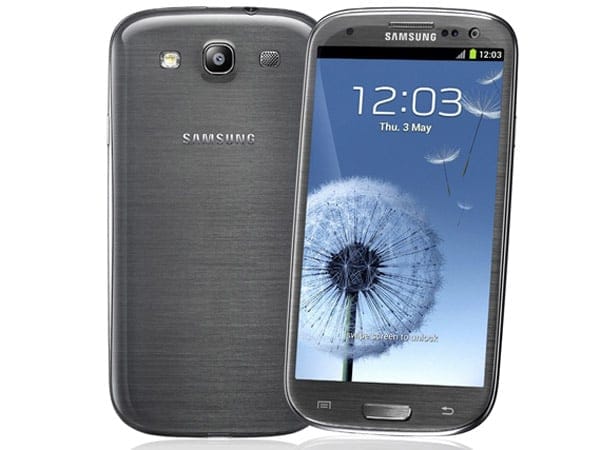



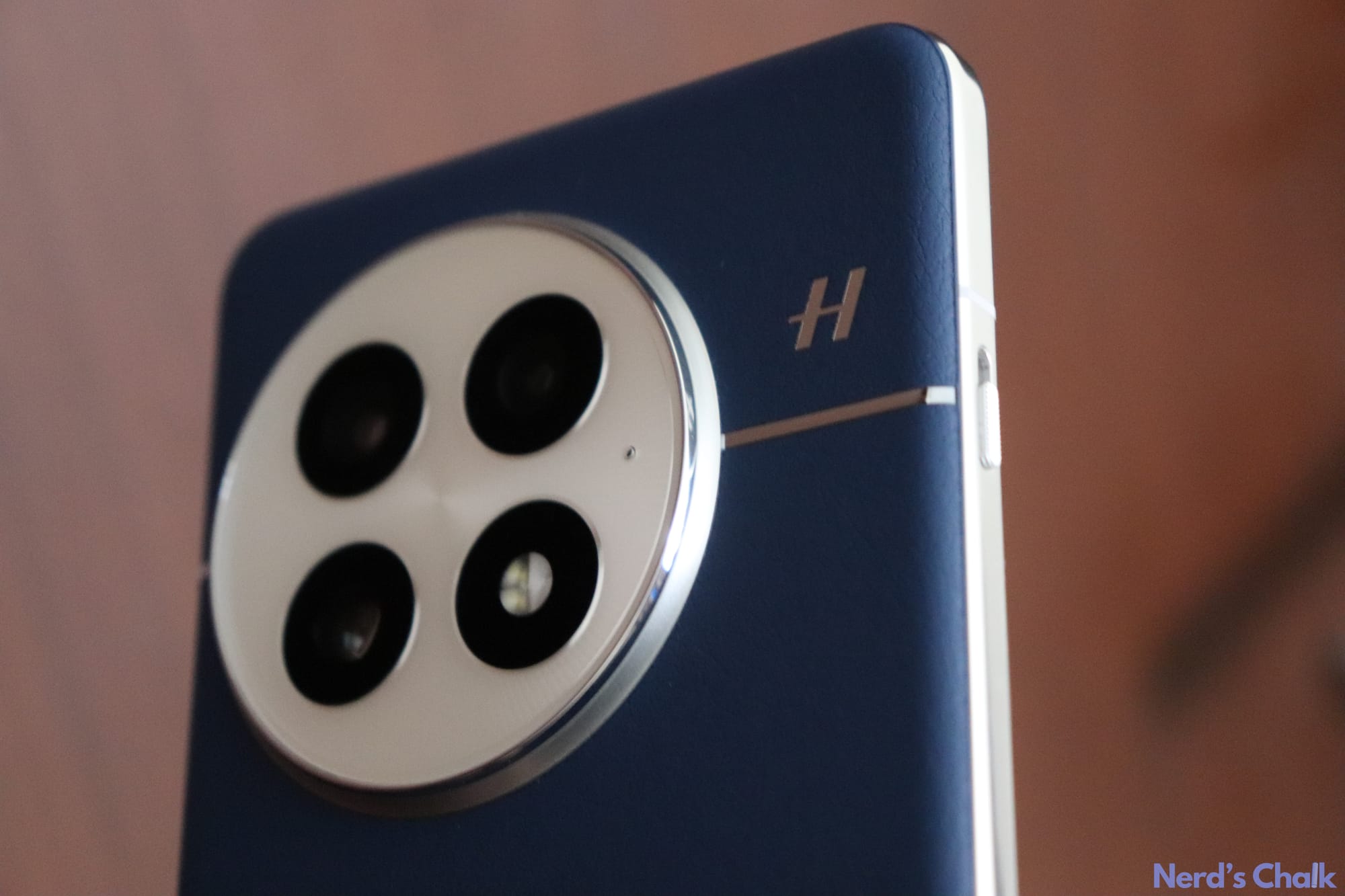
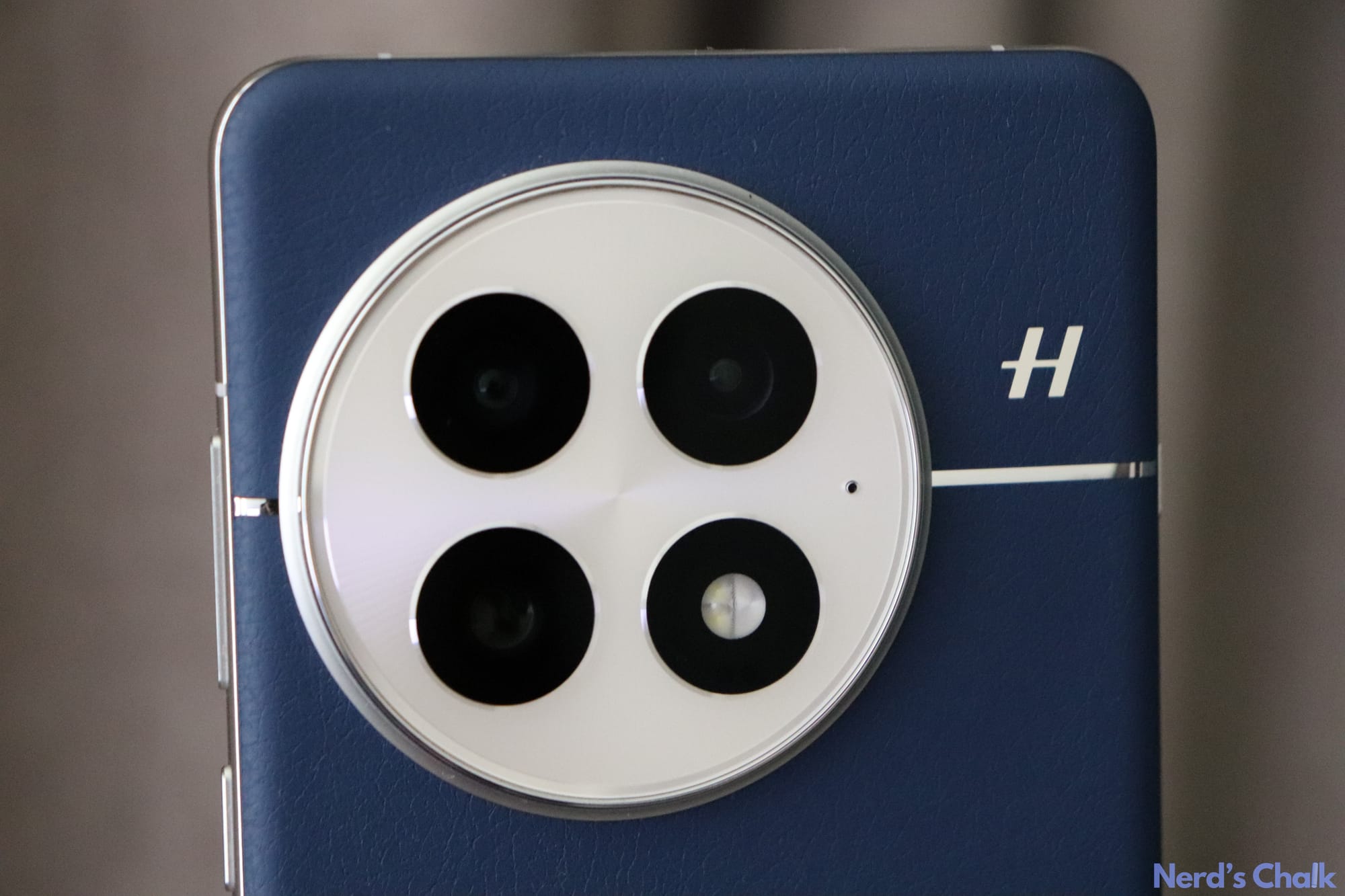

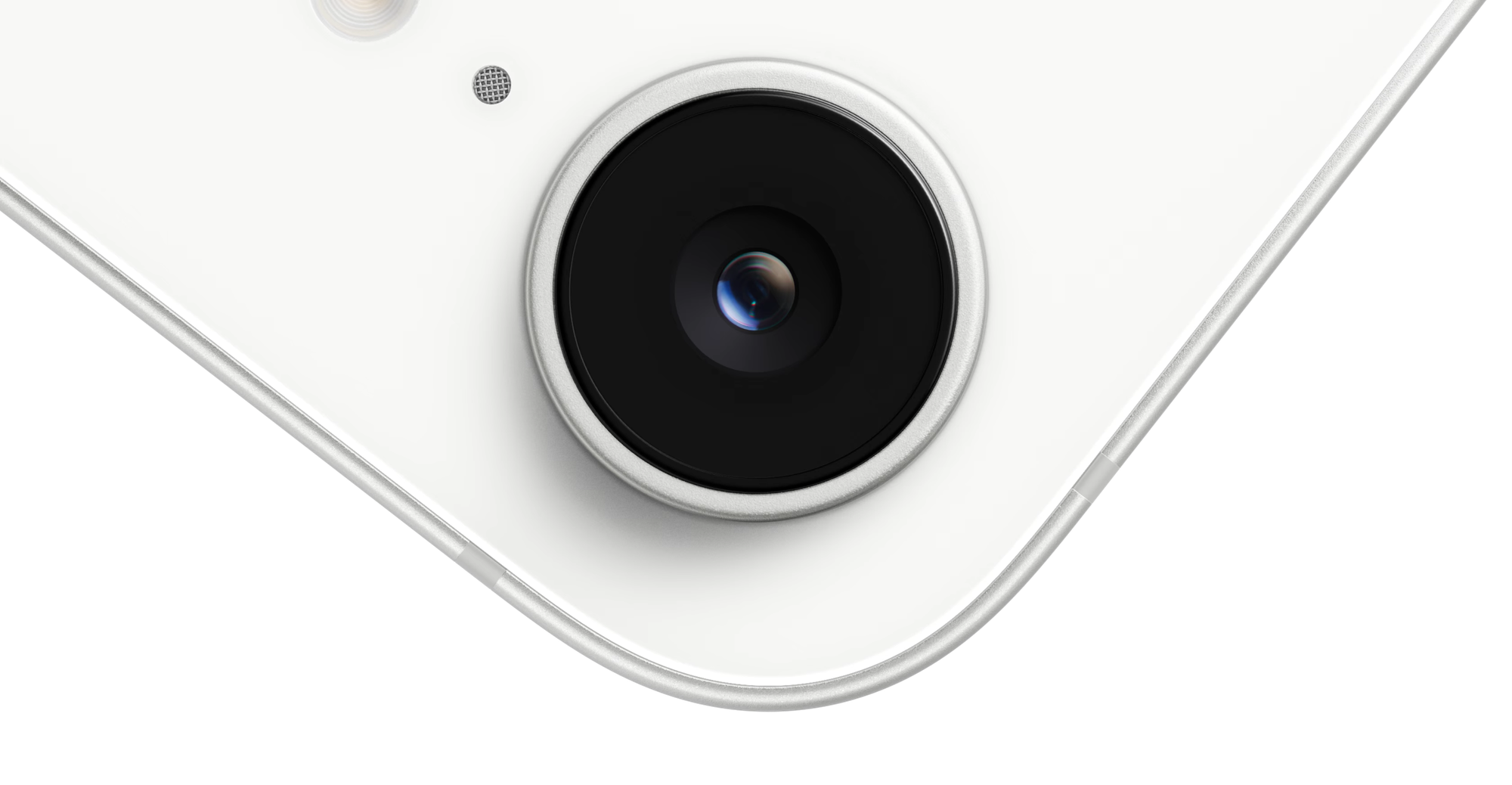


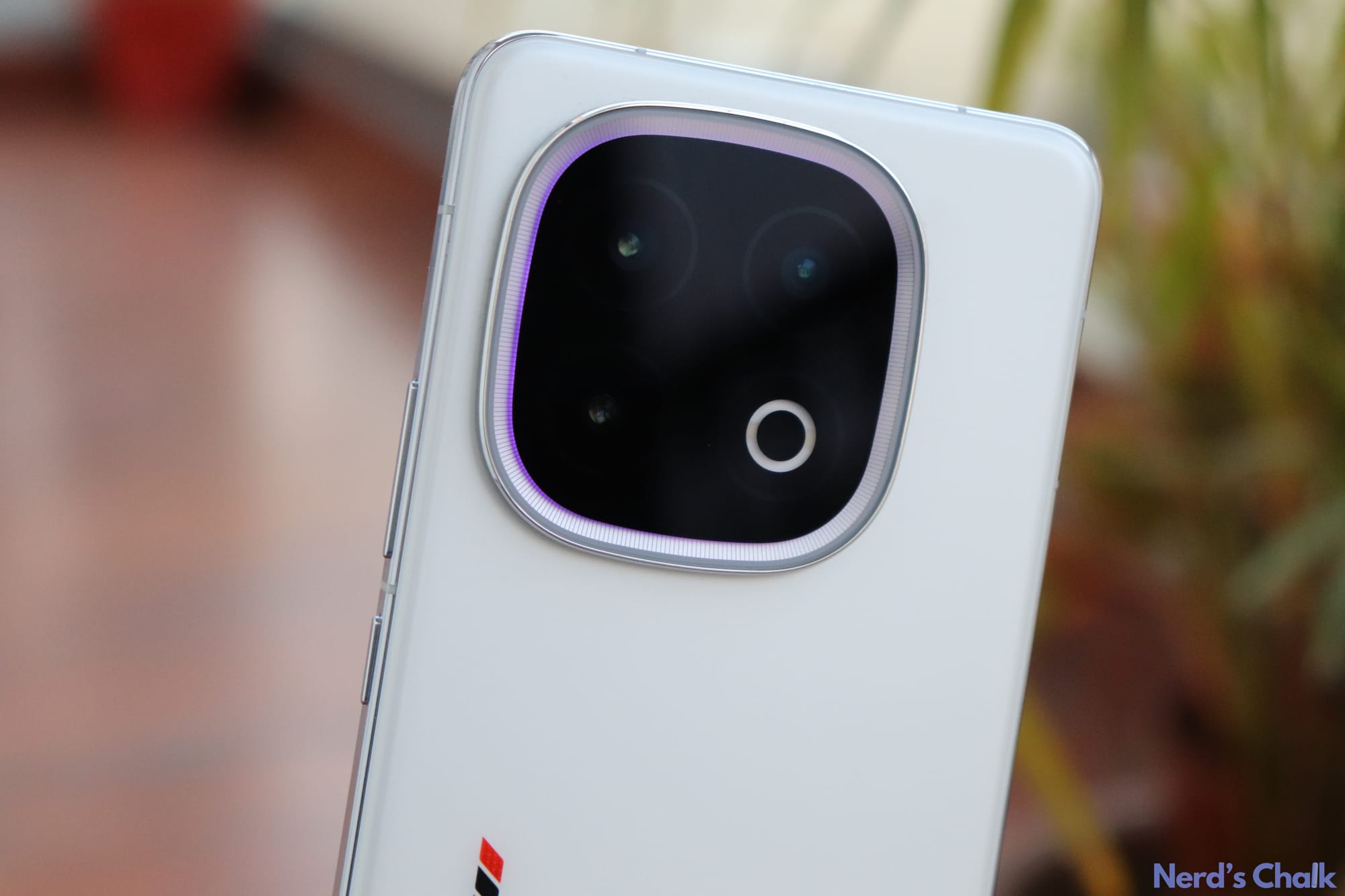
Discussion